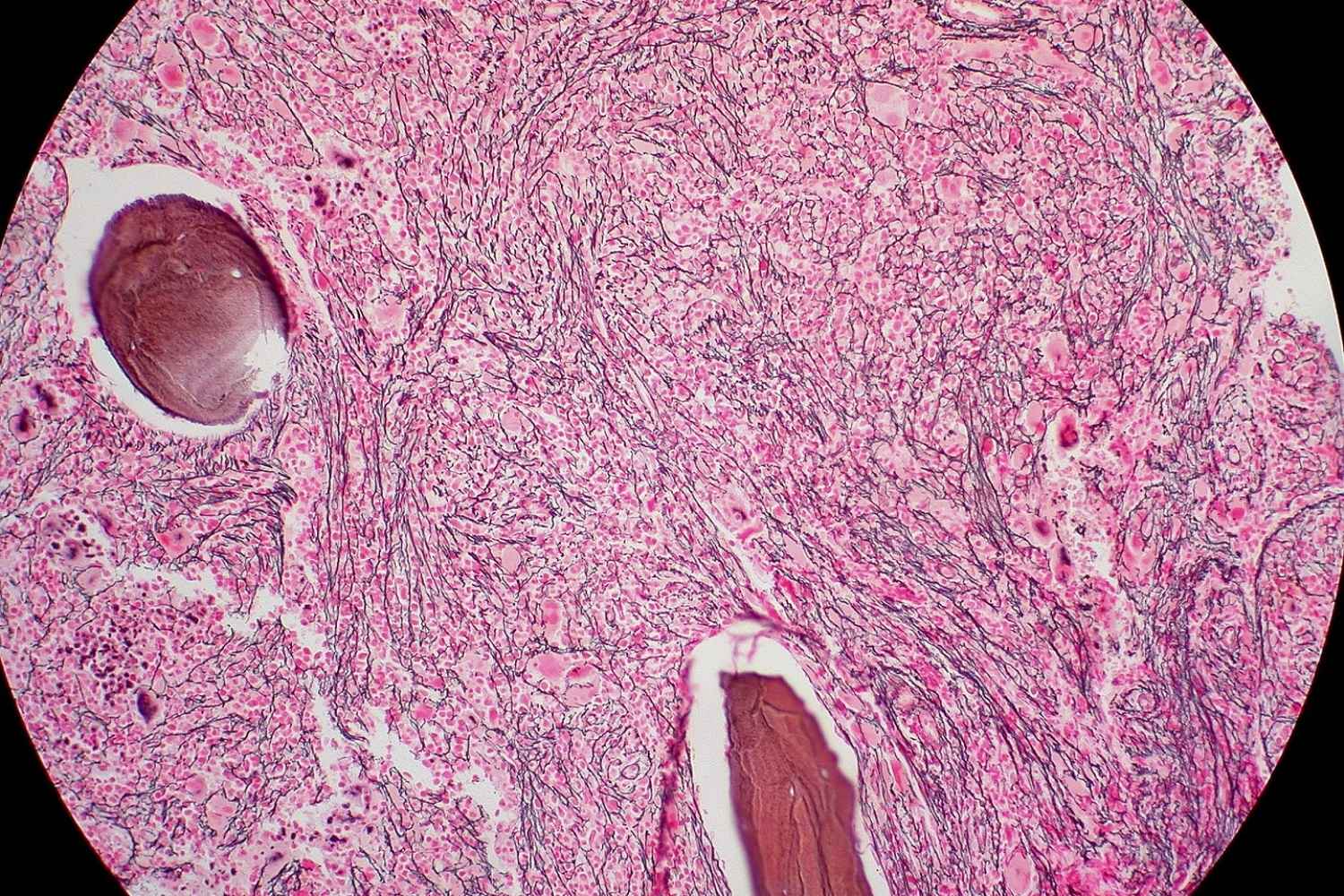
Familial Myelofibrosis is a rare blood disorder that affects the bone marrow, leading to scarring and impaired blood cell production. This condition can be inherited, meaning it runs in families. Symptoms often include fatigue, anemia, and an enlarged spleen. Understanding this disease is crucial for those affected and their loved ones. Did you know that familial myelofibrosis can sometimes be mistaken for other blood disorders? It's essential to get an accurate diagnosis for proper treatment. This blog post will share 25 important facts about familial myelofibrosis to help you better understand this complex condition.
Key Takeaways:
- Familial Myelofibrosis is a rare inherited blood disorder causing fatigue, anemia, and an enlarged spleen. Early recognition of symptoms and regular monitoring are crucial for managing the condition.
- While there is no cure for Familial Myelofibrosis, treatments like medications, blood transfusions, and transplants can help manage symptoms. Emotional support, balanced diet, and exercise are also important for patients' well-being.
What is Familial Myelofibrosis?
Familial Myelofibrosis is a rare blood disorder affecting the bone marrow. It causes scarring, leading to severe anemia, weakness, and fatigue. Understanding this condition can help manage its symptoms better.
- Familial Myelofibrosis is a type of chronic leukemia.
- It primarily affects the bone marrow, causing it to produce fibrous tissue instead of healthy blood cells.
- This condition is inherited, meaning it runs in families.
- Symptoms often include fatigue, anemia, and an enlarged spleen.
- The exact cause of the genetic mutation leading to Familial Myelofibrosis is still unknown.
Symptoms and Diagnosis
Recognizing the symptoms early can lead to a timely diagnosis and better management of the condition. Here are some key facts about the symptoms and how doctors diagnose Familial Myelofibrosis.
- Common symptoms include night sweats, fever, and bone pain.
- Patients often experience significant weight loss without trying.
- Blood tests showing abnormal blood cell counts can indicate the presence of the disease.
- A bone marrow biopsy is often required to confirm the diagnosis.
- Genetic testing can help identify specific mutations associated with Familial Myelofibrosis.
Treatment Options
While there is no cure for Familial Myelofibrosis, various treatments can help manage the symptoms and improve quality of life. Here are some treatment facts.
- Medications like ruxolitinib can help reduce spleen size and alleviate symptoms.
- Blood transfusions are often necessary to manage severe anemia.
- Bone marrow or stem cell transplants can potentially cure the disease but come with significant risks.
- Hydroxyurea is another medication used to control blood cell production.
- Regular monitoring and supportive care are crucial for managing the condition.
Living with Familial Myelofibrosis
Living with a chronic condition like Familial Myelofibrosis requires adjustments and ongoing care. Here are some facts about daily life with this disease.
- Patients need regular check-ups to monitor their blood counts and spleen size.
- A balanced diet and regular exercise can help manage fatigue and improve overall health.
- Emotional support from family, friends, or support groups is vital for mental well-being.
- Patients may need to avoid certain medications that can exacerbate symptoms.
- Staying informed about the latest research and treatment options can empower patients and their families.
Research and Future Directions
Ongoing research is crucial for understanding Familial Myelofibrosis better and developing new treatments. Here are some facts about current research and future prospects.
- Scientists are studying the genetic mutations that cause Familial Myelofibrosis to develop targeted therapies.
- Clinical trials are ongoing to test new medications and treatment approaches.
- Advances in gene therapy hold promise for potentially curing the disease in the future.
- Researchers are exploring the role of the immune system in the progression of Familial Myelofibrosis.
- Collaboration between researchers, healthcare providers, and patients is essential for advancing our understanding and treatment of this rare condition.
Final Thoughts on Familial Myelofibrosis
Familial Myelofibrosis, a rare blood disorder, affects the bone marrow's ability to produce blood cells. Understanding its genetic roots helps in early diagnosis and better management. Symptoms like fatigue, anemia, and spleen enlargement can significantly impact daily life. While no cure exists, treatments like medications, blood transfusions, and stem cell transplants offer relief. Genetic counseling is crucial for families with a history of the disease. Staying informed about the latest research and treatment options can improve quality of life. Support groups and resources provide emotional and practical help. Awareness and education about Familial Myelofibrosis are vital for patients and their loved ones. By sharing knowledge, we can foster a supportive community and drive advancements in treatment. Remember, you're not alone in this journey; resources and support are available.
Frequently Asked Questions
Was this page helpful?
Our commitment to delivering trustworthy and engaging content is at the heart of what we do. Each fact on our site is contributed by real users like you, bringing a wealth of diverse insights and information. To ensure the highest standards of accuracy and reliability, our dedicated editors meticulously review each submission. This process guarantees that the facts we share are not only fascinating but also credible. Trust in our commitment to quality and authenticity as you explore and learn with us.
